Meet Romanesco broccoli — the mesmerizing green vegetable that looks like it belongs in an art museum or a sci-fi movie rather than on your dinner plate. With its perfect spirals, chartreuse color, and crisp texture, Romanesco is not just stunning to look at — it’s also a nutritional powerhouse and culinary delight.
In recent years, Romanesco broccoli has caught the attention of American chefs, food bloggers, and health enthusiasts alike. It’s popping up in farmers’ markets, organic grocery stores, and trendy restaurants from California to New York.
But what exactly is Romanesco? How does it taste, and what makes it so special? Let’s explore this beautifully geometric superfood — from its origin and health benefits to creative ways to cook it in your own kitchen.
What Is Romanesco Broccoli?
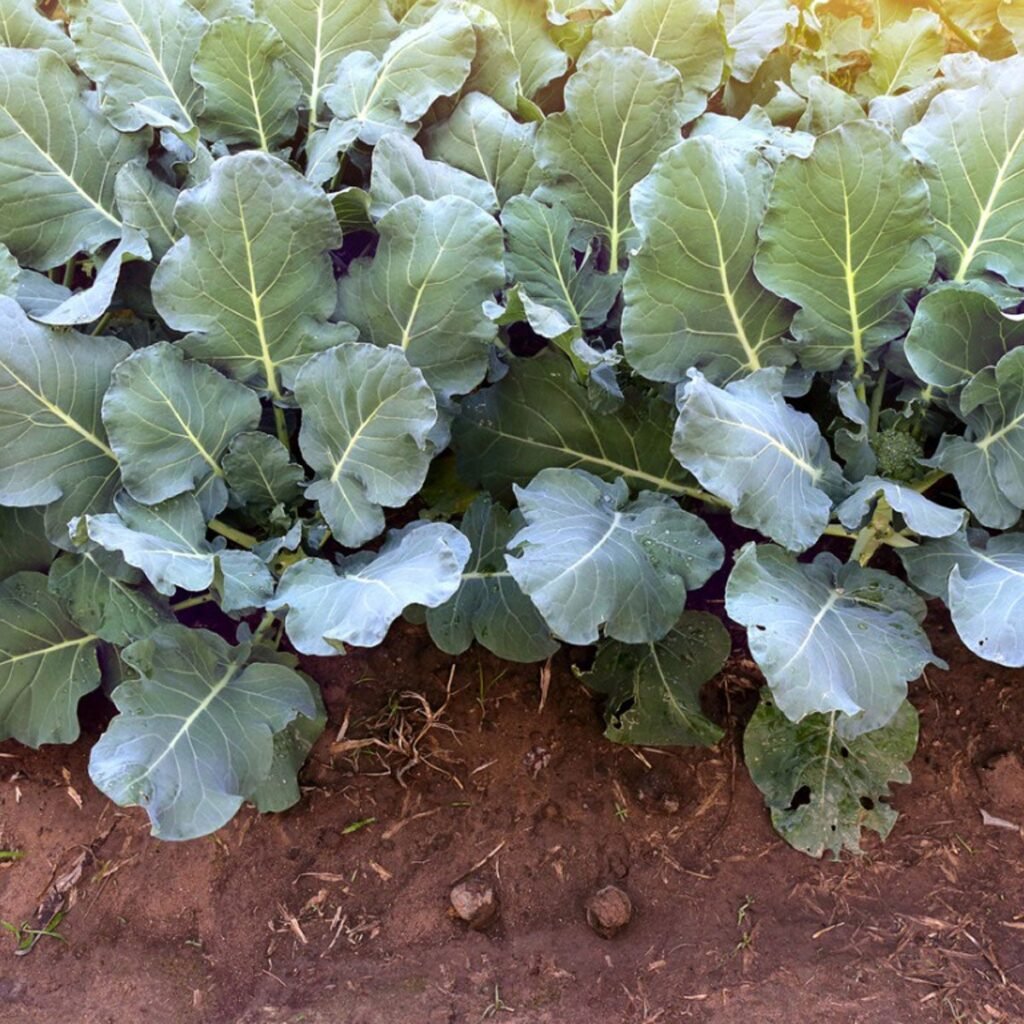
Romanesco broccoli (also known as Romanesco cauliflower) is part of the Brassica oleracea family — the same group that includes broccoli, cauliflower, kale, and cabbage. It was first documented in Italy in the 16th century and gets its name from the city of Rome, where it was originally cultivated.
What makes Romanesco stand out is its fractal pattern — a natural example of mathematical beauty. Each floret forms a perfect spiral made of smaller spirals, following the Fibonacci sequence. This symmetry gives it an almost otherworldly appearance.
Though it’s often called “Romanesco broccoli,” its flavor and texture sit somewhere between broccoli and cauliflower — nutty, slightly sweet, and tender-crisp when cooked.
Why Romanesco Broccoli Is So Popular in America
Romanesco’s recent rise in the U.S. is no accident. It combines visual appeal, nutrition, and versatility, aligning perfectly with today’s American food trends — from plant-based eating and farm-to-table cuisine to low-carb, gluten-free lifestyles.
- Chefs love it for its striking look and unique texture.
- Health-conscious consumers appreciate its vitamin-packed nutrition.
- Home cooks enjoy its ability to replace both broccoli and cauliflower in recipes.
In other words, Romanesco is as Instagram-worthy as it is nutrient-dense — a rare combination in the food world.
Nutritional Profile: Romanesco’s Health Superpowers
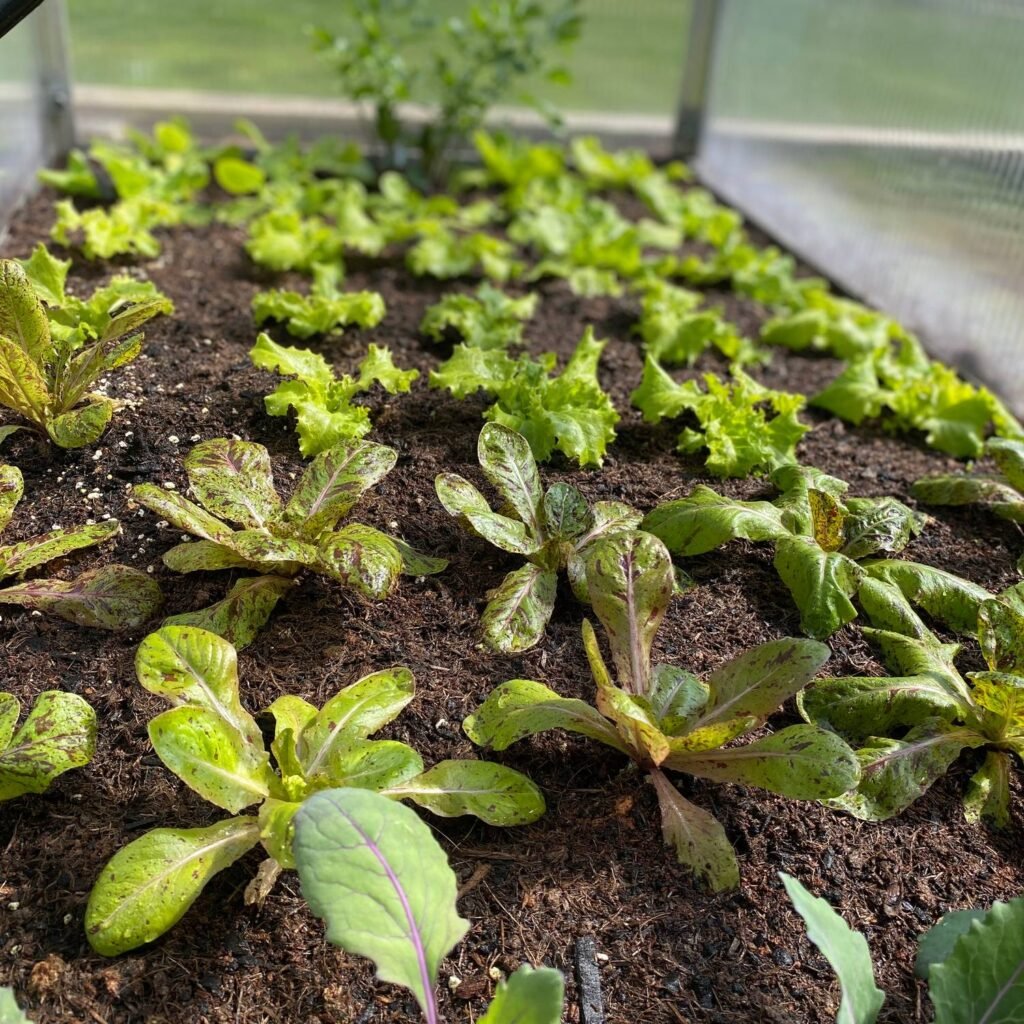
Romanesco broccoli is low in calories but rich in nutrients, making it an excellent choice for anyone looking to eat clean and stay healthy. Here’s what one cup (around 150 grams) of cooked Romanesco provides:
- Calories: 40
- Protein: 4g
- Fiber: 5g
- Vitamin C: 140% of the Daily Value (DV)
- Vitamin K: 25% of the DV
- Folate: 20% of the DV
- Carotenoids & Antioxidants: Lutein, zeaxanthin, beta-carotene
Romanesco is also a rich source of sulforaphane and glucosinolates, plant compounds known for their cancer-fighting and anti-inflammatory properties.
Health Benefits of Romanesco Broccoli

Romanesco broccoli is more than just a pretty vegetable — it’s a nutritional powerhouse offering an impressive range of health benefits. Here’s why dietitians and nutrition experts recommend adding it to your diet:
1. Boosts Immune System Function
Thanks to its high vitamin C content, Romanesco helps strengthen your body’s immune response. A single serving provides more vitamin C than an orange, making it a great choice during flu season.
2. Promotes Heart Health
The antioxidants in Romanesco — especially sulforaphane — help reduce oxidative stress and inflammation, both of which are linked to heart disease. Its fiber content also supports healthy cholesterol levels.
3. Aids in Digestion
With about 5 grams of fiber per cup, Romanesco supports gut health and regular digestion, helping to prevent bloating and constipation while feeding beneficial gut bacteria.
4. Supports Eye and Skin Health
Romanesco is rich in carotenoids like lutein and zeaxanthin, which are essential for eye health and clear vision. These compounds also protect the skin from UV damage and aging.
5. Helps Detoxify the Body
Sulforaphane supports liver detoxification processes, helping the body eliminate harmful toxins — one reason Romanesco often appears in detox diets and clean-eating meal plans.
6. May Reduce Cancer Risk
Like its cruciferous cousins, Romanesco contains compounds that may help inhibit the growth of cancer cells. Studies suggest regular consumption of cruciferous vegetables is linked to lower risks of colon, breast, and lung cancers.
7. A Low-Carb Substitute for Starchy Foods
Romanesco’s mild flavor makes it an excellent low-carb alternative to grains or potatoes — ideal for keto and paleo diets.
How to Cook Romanesco Broccoli: Keeping It Flavorful and Vibrant
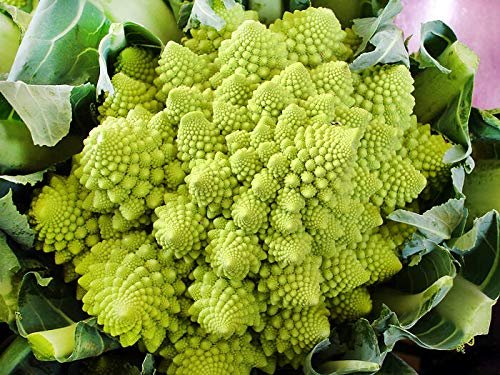
Romanesco’s intricate texture and bright green hue make it a star in any dish. But to preserve its nutrients and flavor, avoid overcooking. Here are the best cooking methods Americans love:
1. Roasted Romanesco
Toss florets with olive oil, garlic, salt, and pepper, then roast at 425°F for 20 minutes. The edges caramelize beautifully, giving a sweet, nutty flavor that pairs well with parmesan or lemon zest.
2. Steamed Romanesco
Steam for 4–5 minutes until tender but crisp. It’s perfect for salads or as a side dish. Drizzle with olive oil and sprinkle with sea salt for a light, healthy bite.
3. Grilled Romanesco
Brush thick slices or florets with olive oil and grill until lightly charred. Serve with a squeeze of lemon and chili flakes for a smoky, summery side.
4. Sautéed Romanesco
Cook with garlic, onions, and olive oil for a quick and flavorful stir-fry. Add chickpeas, pasta, or tofu for a complete meal.
5. Romanesco Soup
Simmer Romanesco with vegetable broth, leeks, and potatoes, then blend into a creamy, velvety soup. It’s warming, satisfying, and packed with nutrition.
6. Romanesco “Rice”
Pulse florets in a food processor until rice-sized. Sauté lightly and use as a grain-free alternative for burrito bowls, fried rice, or risotto.
Creative Recipe Ideas for Everyday American Cooking
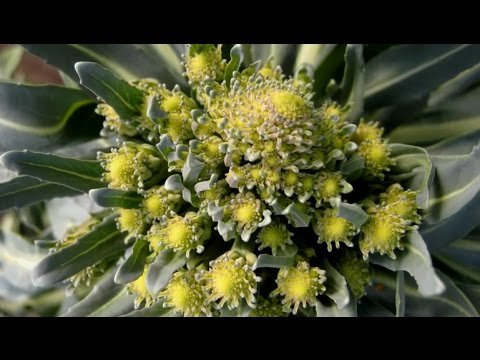
Looking to experiment with Romanesco in your kitchen? Try these modern, flavor-packed ideas:
- Romanesco Mac and Cheese: Add roasted Romanesco to creamy cheddar sauce for a healthier take on America’s favorite comfort food.
- Lemon Garlic Romanesco Pasta: Toss steamed florets with spaghetti, olive oil, lemon juice, and parmesan.
- Romanesco Buddha Bowl: Combine roasted Romanesco with quinoa, avocado, and tahini dressing.
- Romanesco Tacos: Fill soft tortillas with spiced Romanesco florets, black beans, and pico de gallo.
- Romanesco Stir-Fry: Sauté with soy sauce, sesame oil, and ginger for an Asian-inspired meal.
How to Buy and Store Romanesco Broccoli
When buying Romanesco, look for tight, lime-green spirals with firm stems and fresh leaves. Avoid soft spots or yellowing tips — these indicate age or improper storage.
Storage Tips:
- Store Romanesco unwashed in the refrigerator in a perforated plastic bag.
- It stays fresh for up to one week.
- To extend shelf life, blanch and freeze florets for soups or stir-fries later on.
Romanesco vs. Broccoli vs. Cauliflower
Although they’re all part of the same plant family, each vegetable brings something unique:
| Feature | Romanesco | Broccoli | Cauliflower |
|---|---|---|---|
| Flavor | Nutty, slightly sweet | Earthy, mild | Creamy, subtle |
| Texture | Crisp and tender | Soft-crisp | Soft and dense |
| Color | Bright green | Deep green | White |
| Nutrients | Higher in vitamin C | More vitamin K | Rich in fiber |
| Best Uses | Roasting, salads, soups | Stir-fries, casseroles | Mash, rice, pizza crusts |
Romanesco’s unique combination of texture, flavor, and aesthetics makes it the ideal middle ground between broccoli and cauliflower — both healthy and visually stunning.
Why You’ll Love Cooking with Romanesco
Romanesco isn’t just a vegetable — it’s an experience. Its naturally geometric spirals turn heads at dinner tables and add sophistication to even the simplest dishes. It’s a conversation starter, a nutrition booster, and a creative chef’s dream ingredient.
Whether you’re trying to eat more vegetables, experiment with new flavors, or impress your dinner guests, Romanesco broccoli is the perfect way to do it.
Conclusion: The Future of Flavor and Nutrition
Romanesco broccoli represents everything Americans are embracing in modern food culture — beauty, nutrition, sustainability, and creativity.
It’s a vegetable that challenges you to think differently, eat colorfully, and enjoy nature’s genius design — one spiral at a time.
So next time you’re at the farmers’ market or grocery store, look beyond the broccoli and cauliflower. Pick up a head of Romanesco — and bring home a piece of edible art that’s as good for your body as it is for your soul.
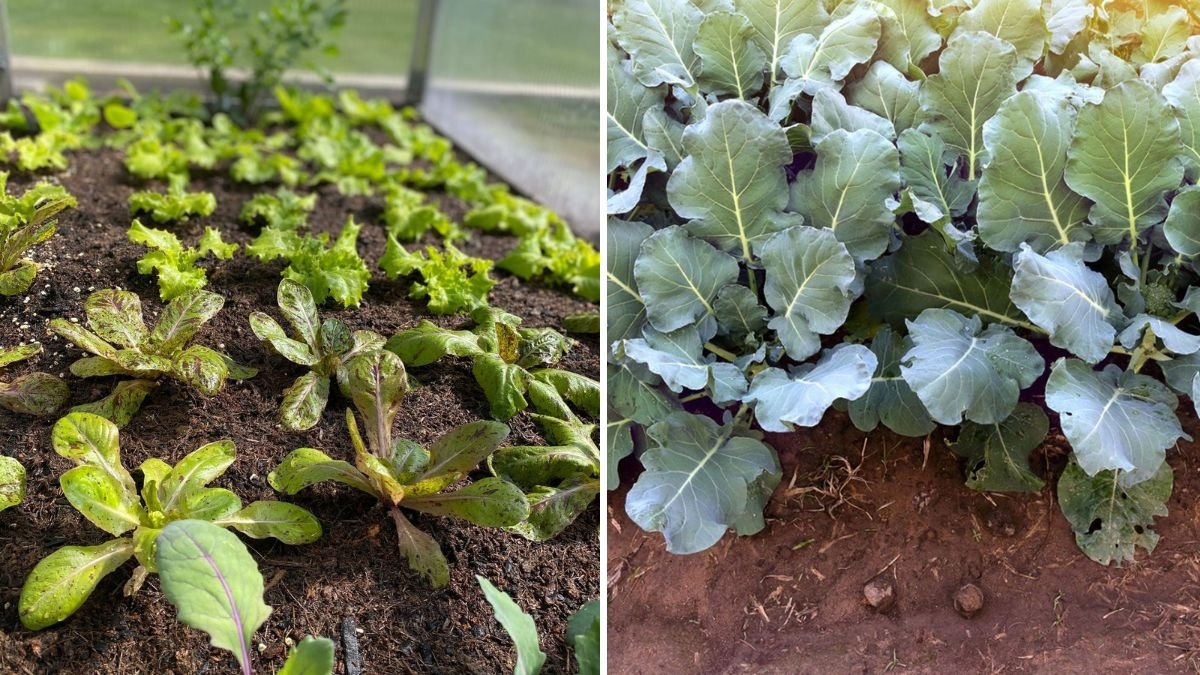





Leave A Comment